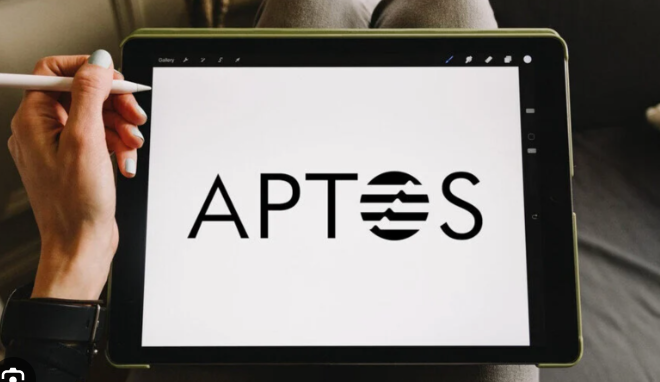
The Aptos blockchain network developed by former Meta employees has officially launched its mainnet, but cryptocurrency critics have questioned its token economics and transactions per second (TPS) claims. Just hours after trading began on major exchanges, APT token prices have plummeted by 50%.
The birth and background of Aptos
After four years of development by the team behind Facebook’s failed Diem crypto project, Aptos has finally entered mainnet. Aptos is the latest in a long line of launched layer 1 blockchain networks that claim to be the “killer” of already functioning networks. It aims to compete directly with Solana, as CTO Avery Ching commented at the project's unveiling earlier this year: "Current blockchains are less reliable than existing financial rails, and we've seen issues with downtime and outages that last for hours. ”
Aptos trading initial troubles
Aptos uses a programming language called Move, which has “native integration for secure asset management as well as fast and secure trade execution.” The team hopes to attract developers away from the current web and aims to support a wide range of web3 applications. “We are proud to support a variety of use cases across NFTs, gaming, commerce, social networking, and media and entertainment,” they said in an announcement on October 18.
Aptos claims 130,000 transactions per second (TPS). However, engineers report that it is nowhere near, or even close to, the Bitcoin network.
Support from major exchanges and skepticism about token economics
Despite concerns about the token economics, major exchanges including Coinbase, Binance, and FTX (all investors in Aptos) have been quick to list APT tokens. The move comes despite the fact that it doesn’t have transparent token economics or emission schedules, but that doesn’t seem to worry those who have invested heavily in the project.
Some people pointed out that a prerequisite for listing should be that users understand the basic information about the goods they are purchasing.
APT prices surge and plummet
As expected, the coin’s price surged upon entering the exchange a few hours ago, reaching a high of $13.73 on the morning of October 19, according to CoinGecko. However, as market analysts predicted, APT has fallen nearly 50% to $7 at press time. This could be a massive unloading by VCs and investors, with retail investors being sold off again.
The reversal of things: there is an airdrop?
The public chain Aptos announced this morning that it will airdrop approximately 20 million APT tokens to 110,000 early network participants. At the same time, the Beta version of the Aptos-based blockchain browser "AptoScan" has been officially launched. Data shows that there have been more than 2.3 million transactions and about 20 TPS.
After the much-anticipated new public chain Aptos announced the official launch of its mainnet yesterday (18th), the official tweeted this morning that the Aptos Foundation will airdrop APT tokens to early network participants. Those who qualify will receive an official email from [email protected] within the next few hours.
It is reported that users who have completed the Aptos incentivized testnet application or minted APTOS:ZERO testnet NFT are eligible to apply for APT. It is expected that a total of 20,076,150 APT will be released to 110,235 testnet participants this time.
Since this is the first token airdrop of Aptos, the official also emphasizes that APT tokens can only be claimed through the official community page and provide information in the emails of eligible users. Users are reminded not to trust other than official sources and channels, and to be careful of related scams.
Conclusion: Aptos’ online performance is indeed a bit unsatisfactory, but we still look forward to its later development. The most surprising thing is that it was announced that there would be no airdrop before, but today it was suddenly announced that it can be received. Users who participate for free may have another wave of opportunities. Like-minded people in the currency circle are welcome to discuss together. Thanks for reading. If you like it, you can like it and follow it. See you in the next issue!